Search
Remove Ads
Advertisement
Search Results
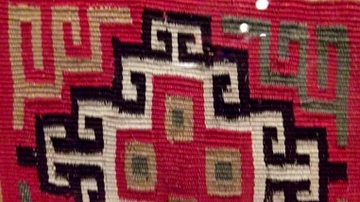
Article
Inca Textiles
For the Incas finely worked and highly decorative textiles came to symbolize both wealth and status, fine cloth could be used as both a tax and currency, and the very best textiles became amongst the most prized of all possessions, even more...
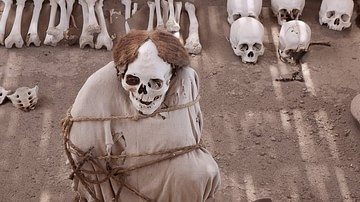
Article
Inca Mummies
The Inca civilization of Peru, as with many other ancient Andean cultures, mummified many of their dead and buried them with valuable materials such as precious metal jewellery, fine pottery, and sumptuous textiles. Important mummies could...
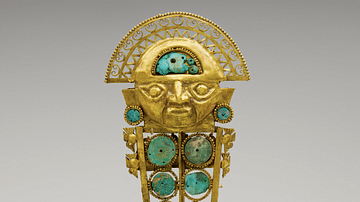
Article
The Gold of the Conquistadors
The staggering quantity of gold the conquistadors extracted from the Americas allowed Spain to become the richest country in the world. The thirst for gold to pay for armies and gain personal enrichment resulted in waves of expeditions of...
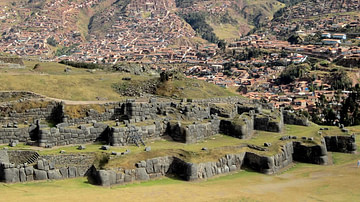
Definition
Sacsayhuaman
The Sacsayhuaman (also Saksaywaman or Saqsawaman, meaning 'Royal Eagle') fortress-temple complex lies at the northern edge of the former Inca capital Cuzco. Constructed during the reign of Pachacuti (1438-1471 CE) and his successors, its...

Article
The Iberian Conquest of the Americas
European explorers began to probe the Western Hemisphere in the early 1500s, and they found to their utter amazement not only a huge landmass but also a world filled with several diverse and populous indigenous cultures. Among their most...
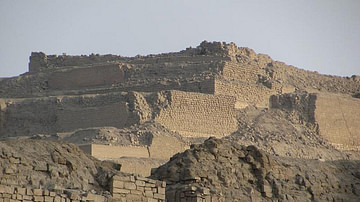
Definition
Pachacamac
Pachacamac, located on the coast of Peru and 32 km south of Lima, was an important sacred site, oracle, and place of burial, which was visited by pilgrims of many ancient Andean cultures, including the Incas. The site, active for over 2,000...
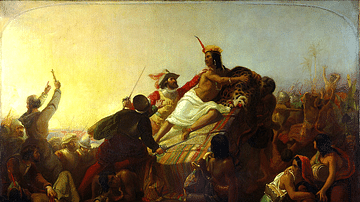
Image
Pizarro Seizing the Inca of Peru
An 1846 painting by John Everett Millais titled "Pizarro Seizing the Inca of Peru". The scene shows the conquistador Francisco Pizarro (c. 1478-1541) capturing the Inca ruler Atahualpa at the battle of Cajamarca in 1533. (Victoria and Albert...

Video
Inca ushnus: landscape, site and symbol in the Andes
For three years, a research team from the British Museum, the University of Reading, Royal Holloway University of London and the Universidad Nacional de San Cristobal de Huamanga set out to discover how the Inca Empire used a stone platform...
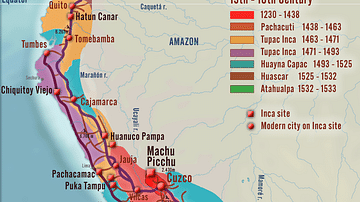
Image
Inca Empire - Expansion and Roads
A map illustrating the various phases of expansion of the Inca Empire from its origins in the 13th century until the 16th century.
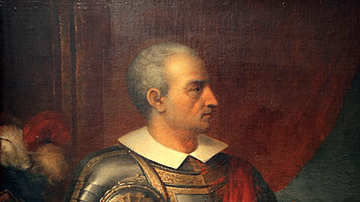
Definition
Diego de Almagro
Diego de Almagro (c. 1475-1538) was a Spanish conquistador who was second-in-command to Francisco Pizarro (c. 1478-1541) during his expedition that attacked the Inca civilization from 1531. Almagro then led his own expedition to explore Chile...